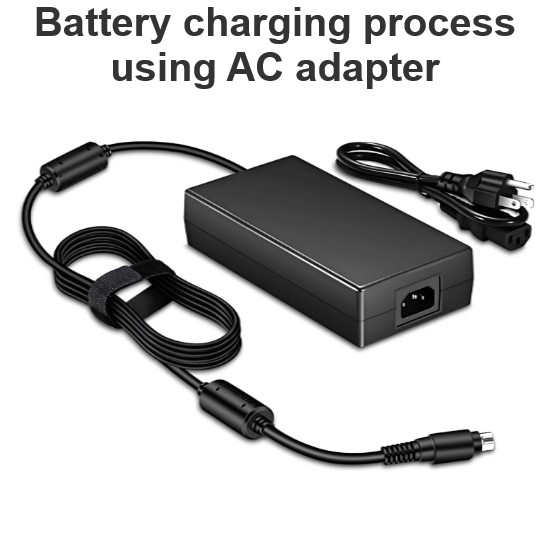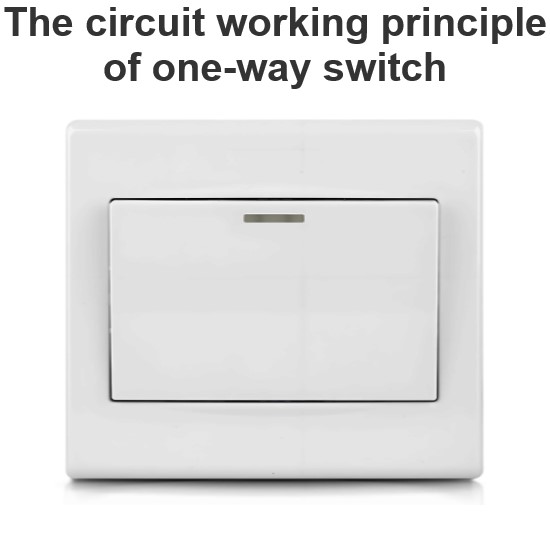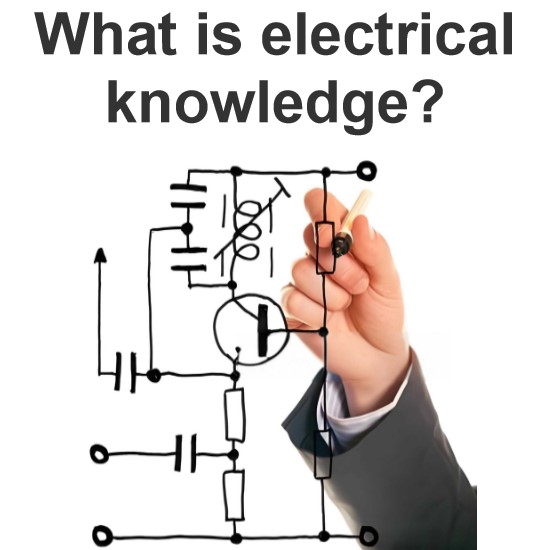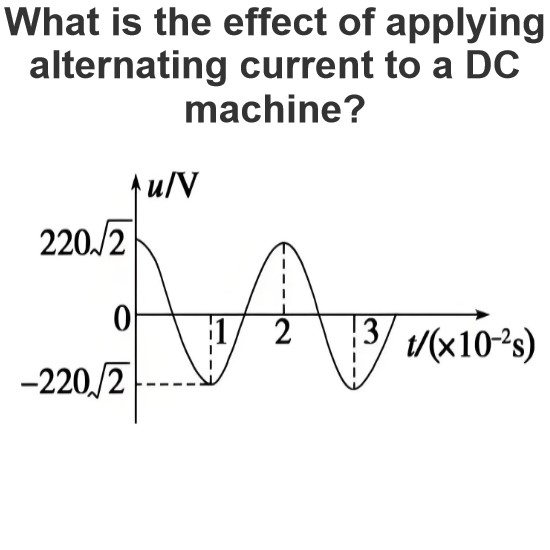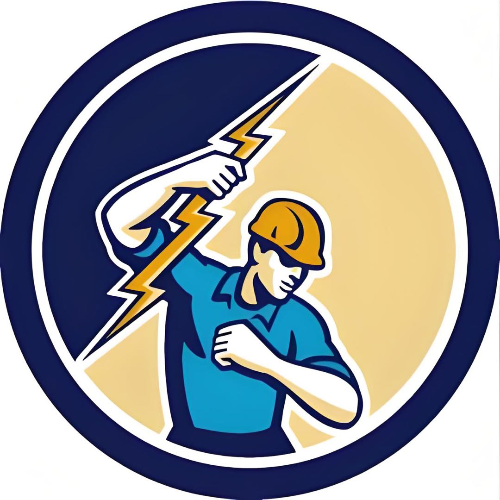What is Conductance?
What is Conductance?
Conductivity definition
Conductivity is defined as the ability of a substance to allow an electric current to pass through, in Siemens, with the symbol "S".
The relationship between Conductance and Resistance
Reciprocal to each other, Resistance is the ability of the reaction to hinder the passage of current, electrical conductivity is the reaction of the material to allow the passage of current, the relevant formula is:
G=1/R
The relation equation of Ohm's conductivity law
G=I/U
Conductivity definition
A parameter used to describe the ease of charge flow in a substance. In the formula, the conductivity is denoted by the Greek letter σ. The standard unit of conductivity σ is Siemens /m (abbreviated as S/m), which is the reciprocal of the resistivity ρ, σ=1/ρ.
Conductivity calculation formula:
σ = Gl/A
Measurement method
Solution conductivity measurement
Measurement principle
The two plates, which are parallel to each other and the distance is a fixed value L, are placed into the tested solution, and a certain electric potential is added to both ends of the plate, and then the conductance between the plates is measured by the conductance meter.
Influencing factor
Temperature: The conductivity of metals decreases with the increase of temperature, and the conductivity of semiconductors increases with the increase of temperature.
Doping degree: Increasing the doping degree of solid-state semiconductors will cause an increase in electrical conductivity. The purer the water, the lower the conductivity.
Anisotropy: Some substances will have anisotropic conductivity, which must be expressed in a 3 X 3 matrix.
Application of electrical conductivity
Monitoring soil
Monitoring water quality
Detect chemical residues
We aim to gather electrical knowledge and share it with others.
